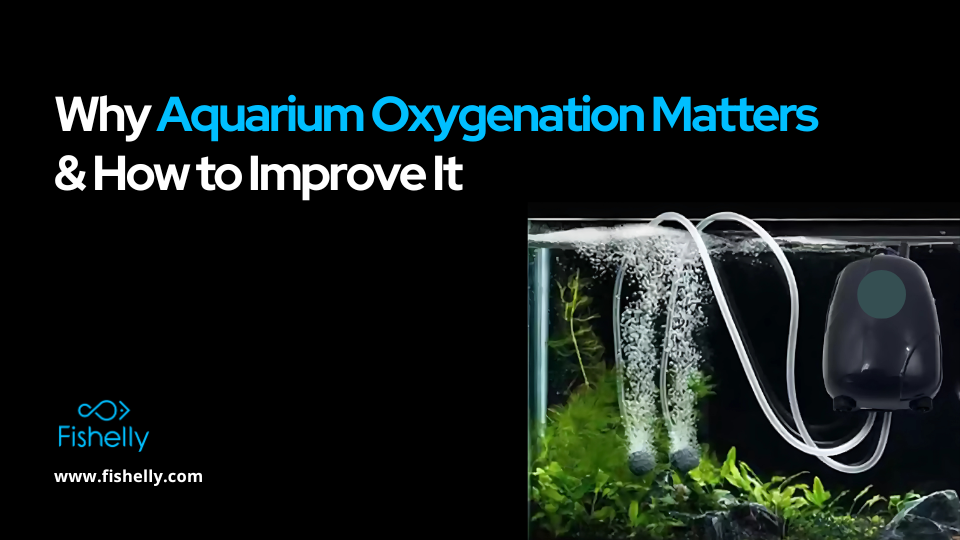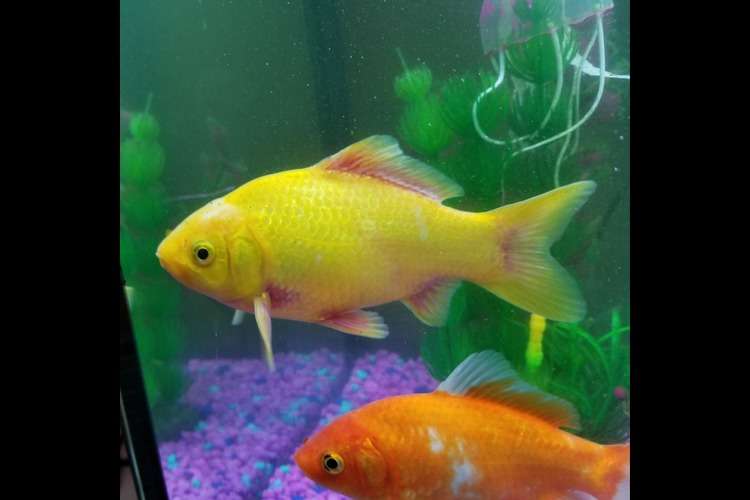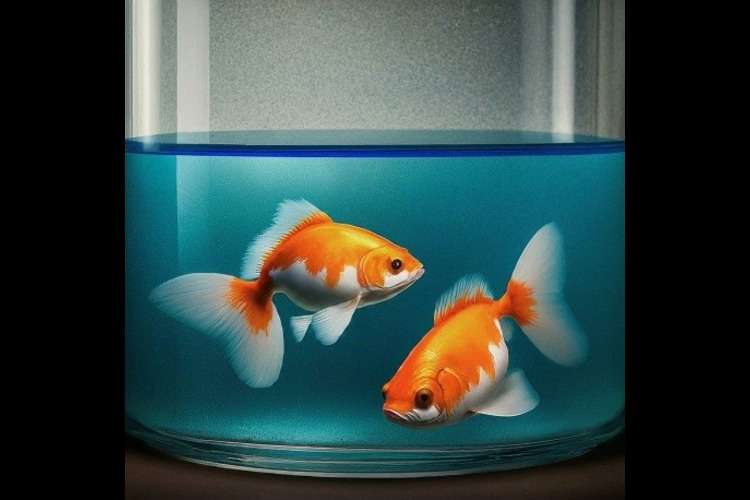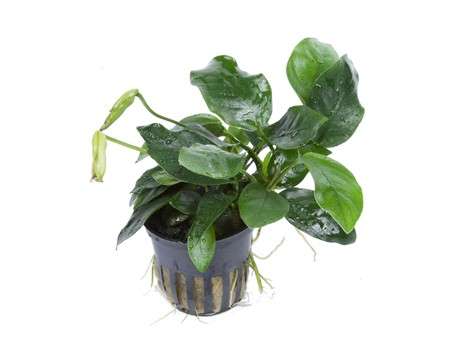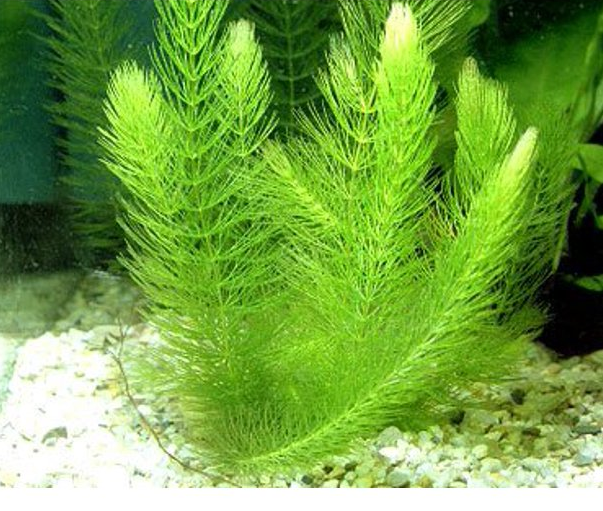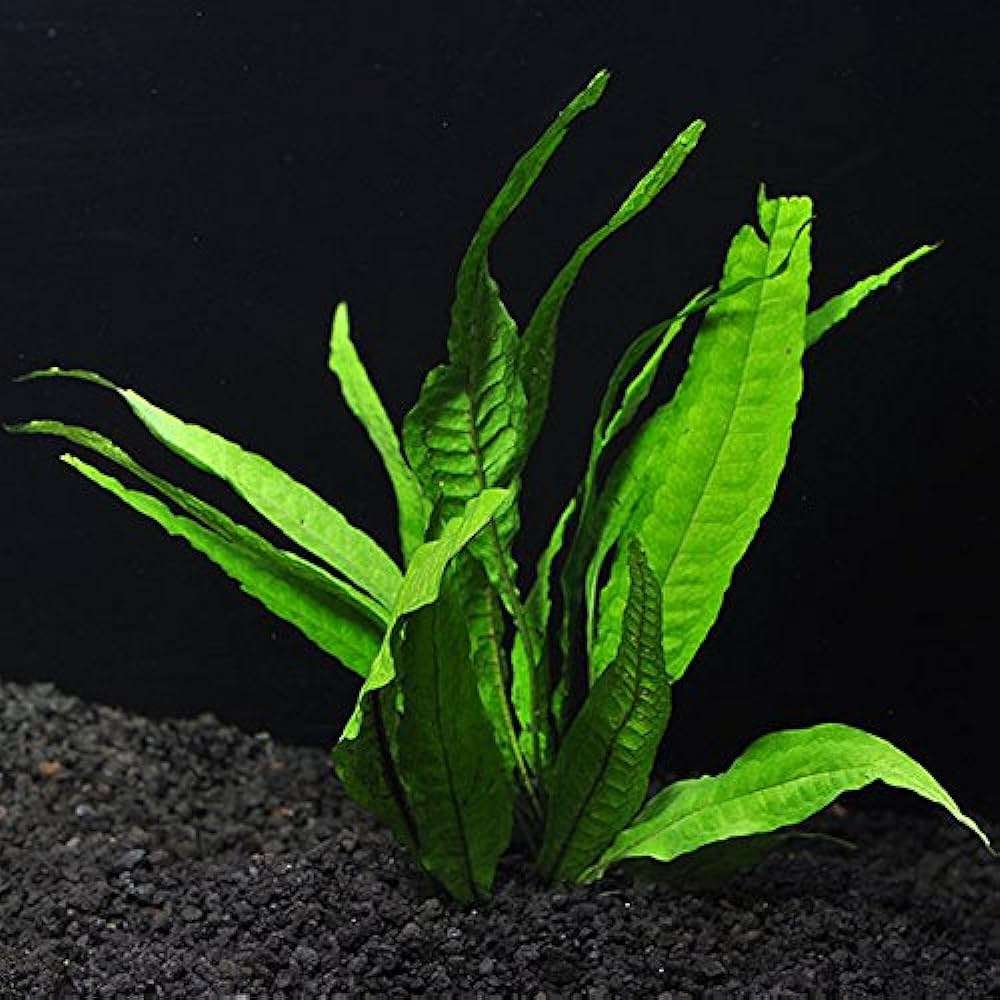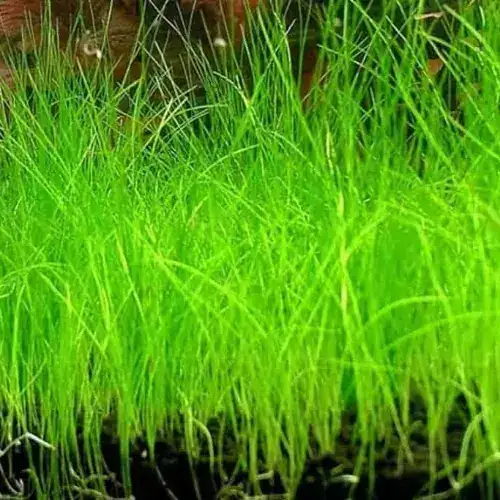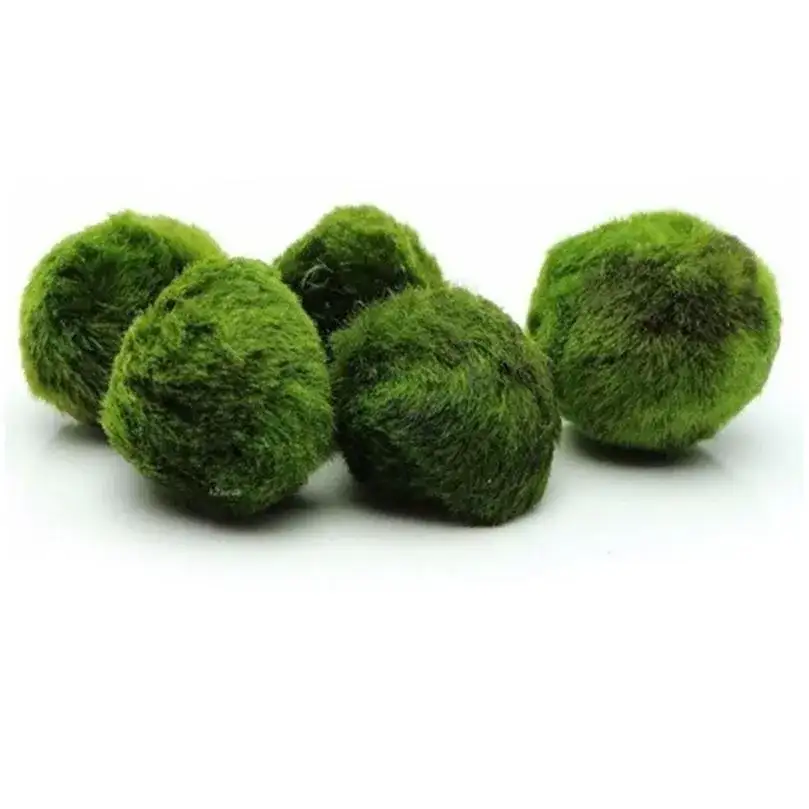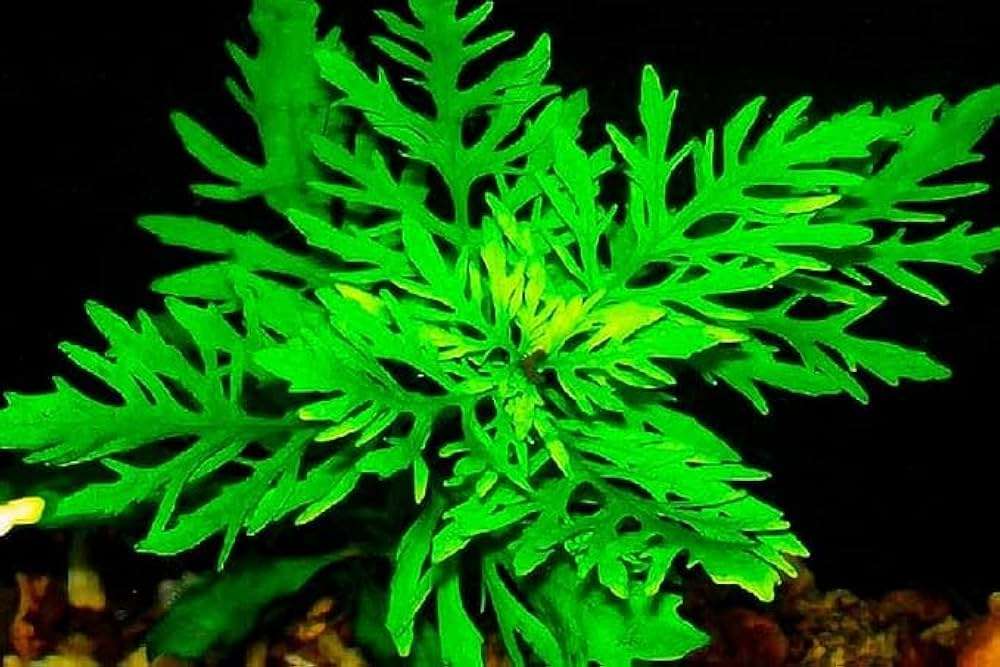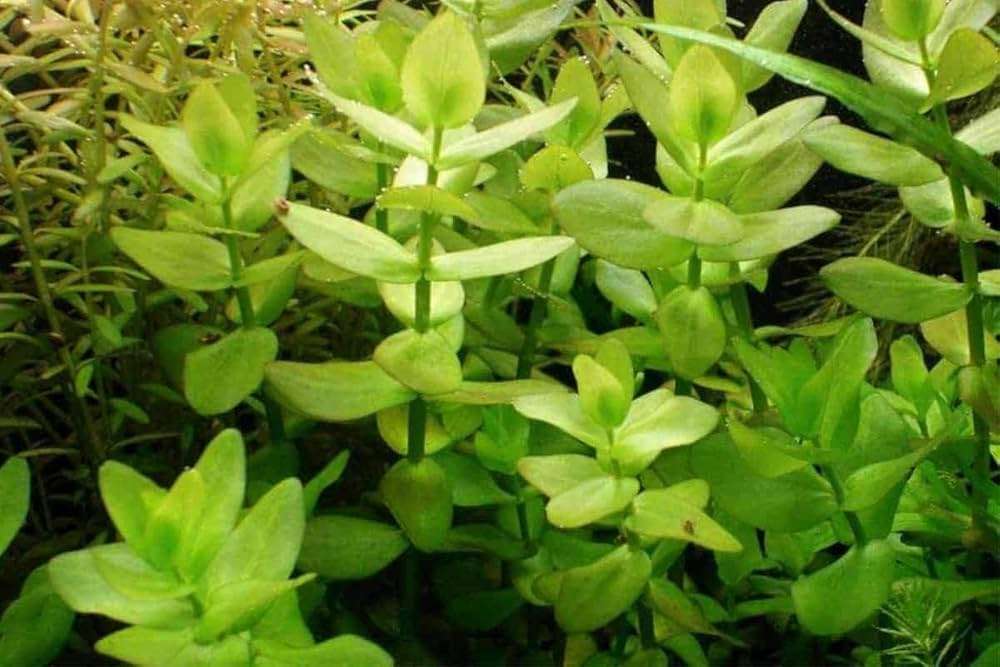Why Aquarium Oxygenation Matters & How to Improve It
Ensure healthy oxygen levels in your aquarium. Learn why oxygenation matters, how to improve it, and prevent low oxygen symptoms for thriving fish.
Table of Contents
- What Is Aquarium Oxygenation?
- How Does Oxygen Enter an Aquarium?
- Why Is Oxygenation Important in Aquariums?
- How to Increase Oxygen Levels in Your Aquarium?
- Symptoms of Low Oxygen in an Aquarium
- Faq
- Conclusion
Oxygenation is an important aspect of keeping a healthy aquarium environment for fish and other aquatic organisms. Knowing how oxygen gets into an aquarium, why it is necessary, and how to maximize its levels can contribute to a healthy aquatic ecosystem. In this blog, we will discuss the science of aquarium oxygenation, why it matters, and how to increase oxygen levels.
What Is Aquarium Oxygenation?
Aquarium oxygenation is the dissolving of oxygen into the water so that fish, plants, and good bacteria can utilize it. Fish and other aquatic creatures use dissolved oxygen (DO) to breathe just like terrestrial animals use atmospheric oxygen. Healthy and efficient breathing on the part of the aquarium residents is provided through proper oxygenation.
How Does Oxygen Enter an Aquarium?
Oxygen is introduced into an aquarium through a number of natural and artificial processes:
Surface Agitation: When the surface of the water agitates, it allows the water and the air to exchange gases, so oxygen can be introduced and carbon dioxide can leave.

Aquatic Plants: When plants undergo photosynthesis, they release oxygen into the water, which is beneficial to fish and other aquatic animals.

External Aeration Devices: Devices like air pumps, bubblers, and powerheads assist in adding oxygen to the water by providing increased surface agitation.

Water Changes: Replacing aged water with new, oxygen-rich water can assist in ensuring sufficient oxygen levels.

Why Is Oxygenation Important in Aquariums?
Oxygenation is necessary for a number of reasons:
Fish Respiration: Fish draw oxygen from water through their gills. Without sufficient dissolved oxygen, they can become stressed and possibly die.

Bacterial Filtration: Oxygen is needed by beneficial bacteria that decompose waste in the aquarium to operate effectively.
Aquatic Plant Health: Plants release oxygen during the day but use it at night. Sufficient oxygen levels guarantee their survival during periods of low light.

Prevention of Toxic Build-up: Anaerobic conditions may result due to low levels of oxygen, under which pathogenic bacteria multiply and release toxins such as hydrogen sulfide that are toxic to fish.
How to Increase Oxygen Levels in Your Aquarium?
In case your aquarium is not well-oxygenated, try the following methods for better oxygenation:
Increase Surface Agitation: Utilize an air pump, wavemaker, or spray bar filter to ensure increased gas exchange.

Add Live Plants: Live plants oxygenate the water naturally through photosynthesis.

Add an Air Stone or Bubbler: Both devices produce bubbles that enhance oxygen diffusion.

Employ a Powerhead: A powerhead enhances circulation, which maintains equal oxygen levels throughout the tank.

Regular Water Changes: Fresh oxygenated water introduced can aid in maintaining peak oxygen levels.

Decrease Stocking Density: Overstocking a tank causes increased oxygen consumption, so having a balanced fish population is important.

Lower Water Temperature: Warm water contains less oxygen, so having the temperature in the proper range for your fish species can avoid oxygen depletion.

Symptoms of Low Oxygen in an Aquarium
It is important to recognize the symptoms of oxygen deficiency to avoid fish stress and death. Be on the lookout for these symptoms:
Gasping on the Surface: If fish tend to swim near the surface of the water and gasp, it is a sign of lacking oxygen.
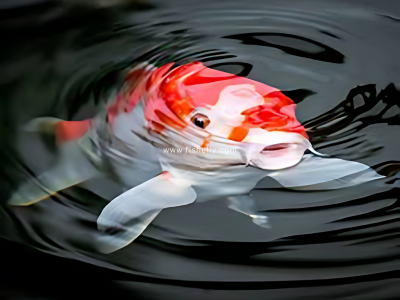
Lethargic Behavior: Fish are likely to slow down and not be as active due to inadequate oxygen.

Increased Gill Movement: High rate of gill activity indicates the fish are in trouble and have trouble getting adequate oxygen from the water.
Unusual Schooling Behavior: Fish will tend to cluster around areas of increased oxygen levels, e.g., around the filter outlet.

Sudden Fish Deaths: Sudden death of fish, particularly at night, can signal extremely low oxygen levels.

Faq
1. Why is oxygen important in an aquarium?
It helps fish breathe, supports beneficial bacteria, and prevents toxic buildup.
2. How do I know if my aquarium has low oxygen?
Fish gasping, lethargy, rapid gill movement, and sudden fish deaths are signs.
3. How does oxygen enter my fish tank?
Through surface agitation, plant photosynthesis, and water changes.
4. How can I increase oxygen levels?
Use air pumps, airstones, live plants, and powerheads. Ensure good water movement.
5. Do live plants add oxygen?
Yes, plants release oxygen during the day.
6. Can too many fish reduce oxygen levels?
Yes, overcrowding increases oxygen consumption.
7. Will an air pump alone provide enough oxygen?
No, additional water movement and surface agitation are needed.
8. Does warm water hold less oxygen?
Yes, warm water holds less oxygen.
9. Can low oxygen cause fish to die suddenly?
Yes, low oxygen can lead to sudden fish deaths.
10. How often should I do water changes?
Do 20-30% water changes weekly to maintain oxygen levels.
Conclusion
Oxygenation is an essential part of having a healthy aquarium. Proper gas exchange, the addition of aeration devices, and maintaining oxygen levels can contribute to a successful aquatic environment. Identifying low oxygen symptoms and implementing preventive strategies can help aquarium hobbyists ensure the health of their fish and other aquatic members.
